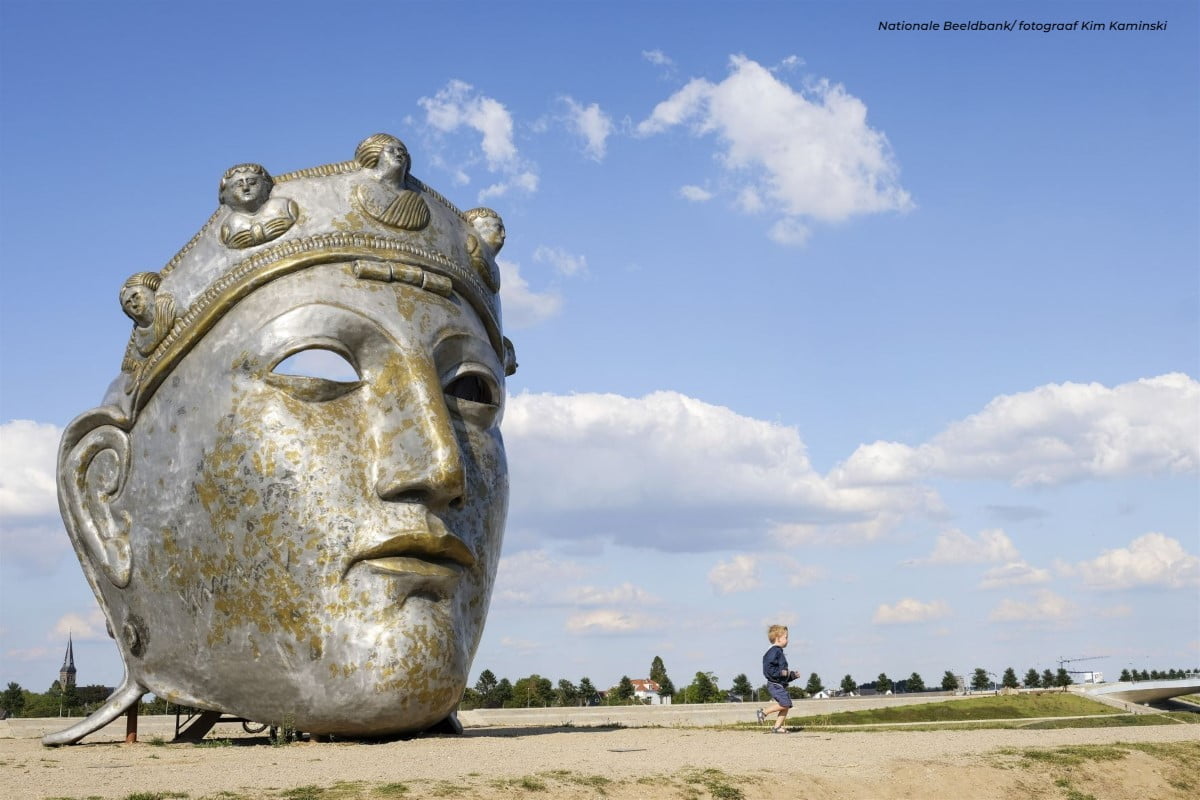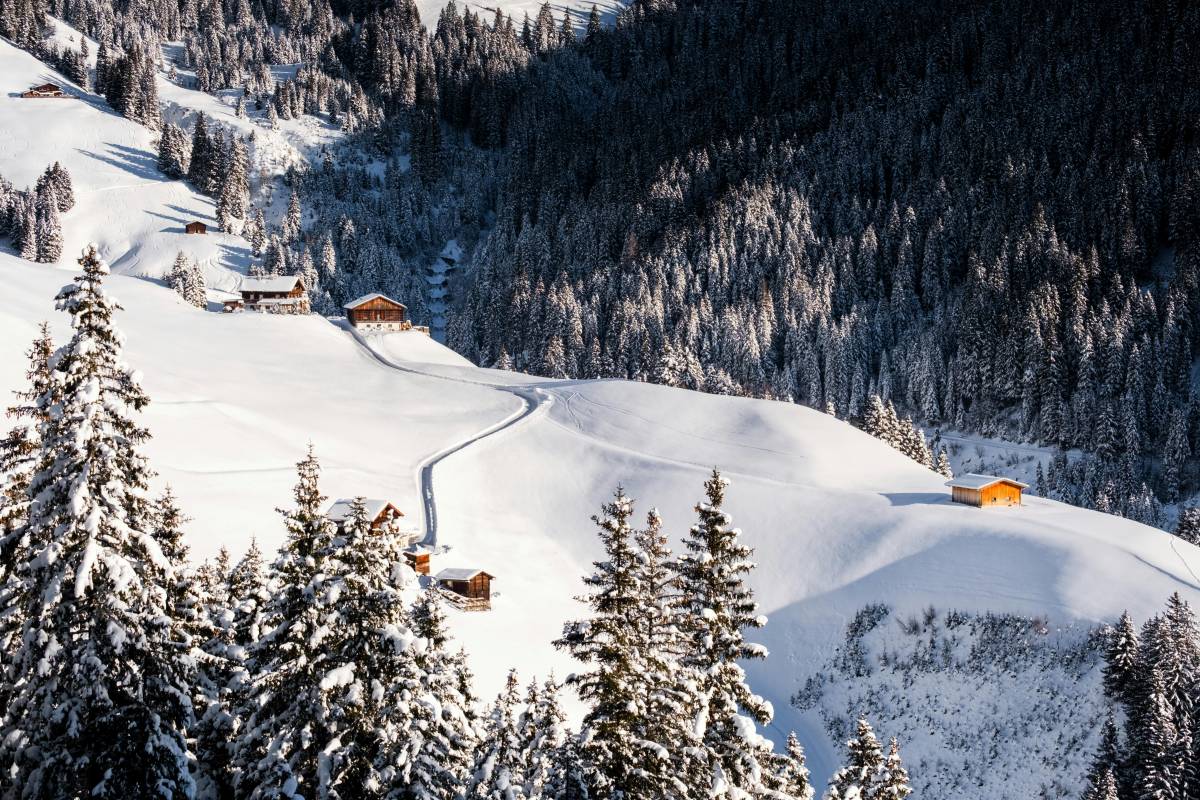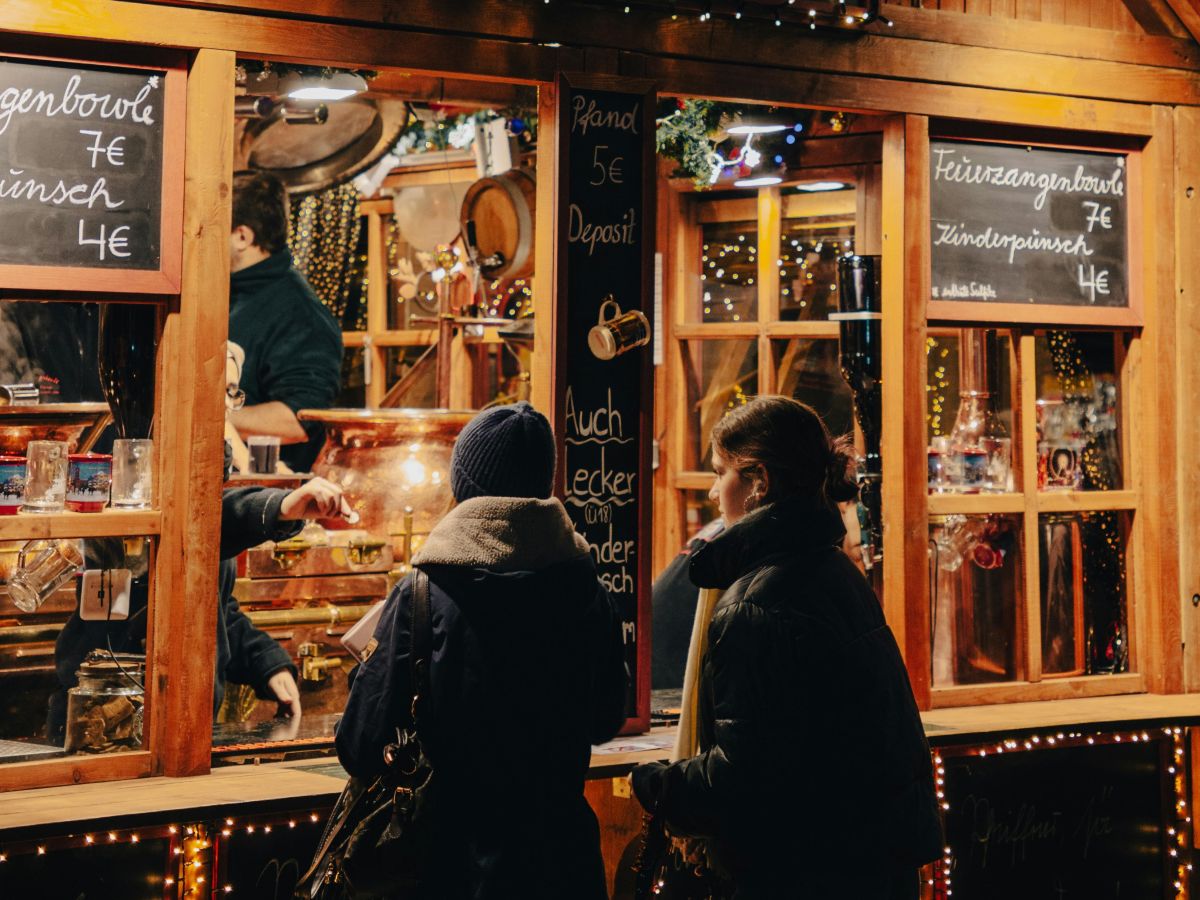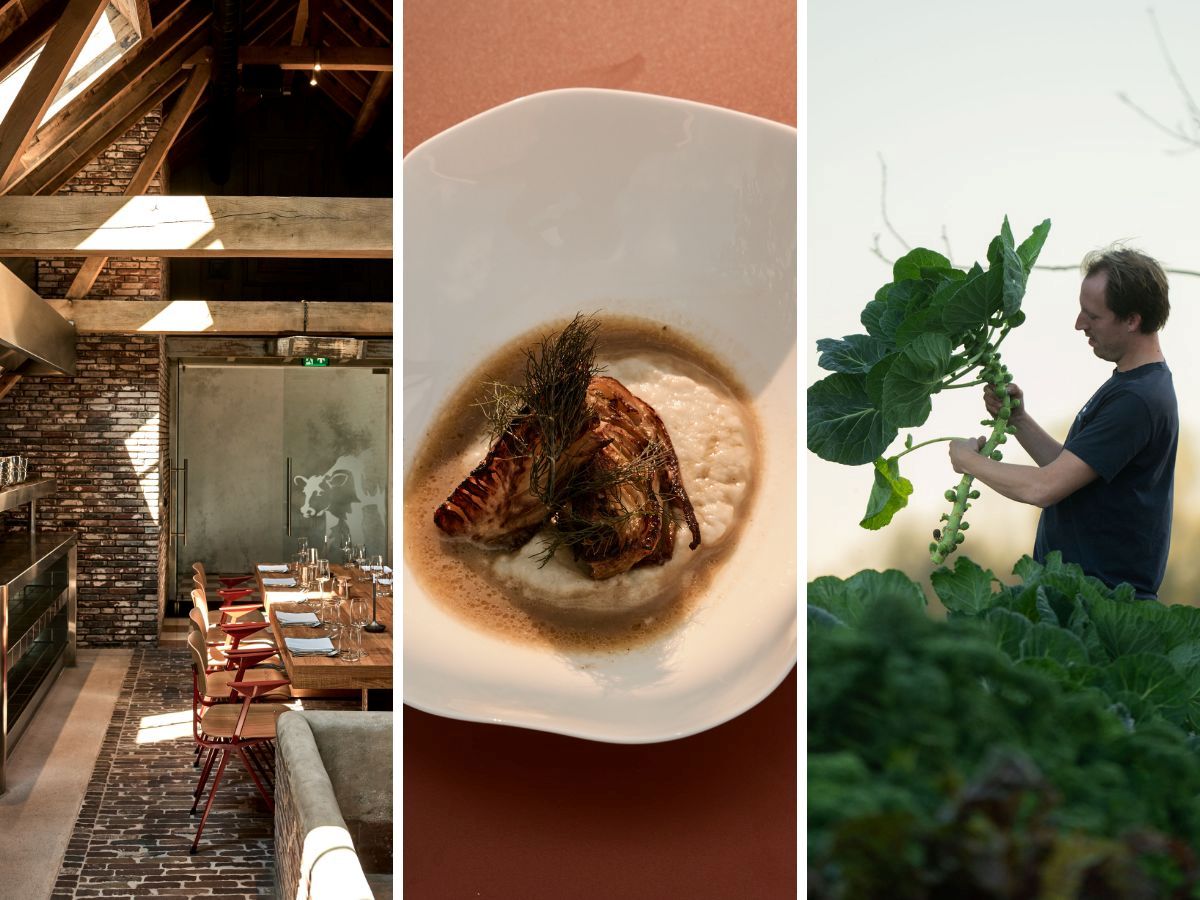We told you before: the Netherlands has 11 UNESCO World Heritage Sites. Everyone knows where the Wadden Sea is and you have probably made several visits to Amsterdam's ring of canals. Even the windmills at Kinderdijk often ring a bell. But have you ever been to the Colonies of Weldadigheid in Drenthe? Do you know Droogmakerij de Beemster? And do you know what the Lower Germanic Limes are? Public research shows that these are the three most unknown Dutch World Heritage Sites. And that's a shame, because these too are definitely worth a visit. Why you should make a day trip of these soon, you can read below!
Meet the inhabitants of the Colonies of Weldadigheid
In collaboration with the Netherlands Board of Tourism & Conventions and Unesco
Let's start with the Colonies of Weldadigheid in Drenthe. The Koloniën van Weldadigheid were established in 1818 by the Maatschappij van Weldadigheid to combat growing poverty in the country. It was a social experiment - unique in Europe - and the beginning of the Dutch welfare state. Poor people from all over the Netherlands were relocated to Drenthe to work in domestic agricultural colonies. What started as an experiment based on voluntary participation soon turned into an obligation for orphans, beggars and vagrants. They were housed in ‘unfree Colonies’ and lived there in institutions called institutions. More about this is told at the impressive Prison Museum in Veenhuizen, where you will learn all about crime and punishment in the Netherlands over the centuries.


The Colonies of Weldadigheid and the Prison Museum in Veenhuizen, photographed by Ernst Wagenveld.
Apart from being hugely educational, such a visit can also be quite intense because of the impressive historical stories about (un)freedom and exaltation. So rest afterwards at Maallust Brewery. Here you can enjoy various special beers with appropriate names such as Poverty Seedling, Settler or Pauper. Of course, you can also have a nice soft drink or a good cup of coffee at Maallust Brewery. Want to make a weekend of it? Then also visit Museum De Proefkolonie in Frederiksoord. This museum tells more about the history of the colonies and the daily life of the colonists. You will get to know former residents and you can visit a colony house. Not seen enough of this World Heritage Site yet? Both museums offer numerous walks through the area. This way, you can really get to know the Colonies of Weldadigheid and enjoy the nature in this area.
Back to the time of the Romans with the Lower Germanic Limes
The Lower Germanic Limes formed the border of the Roman Empire in the Netherlands and Germany. The Limes, the Latin word for border, ran from Katwijk, on the coast in South Holland, along the Rhine far into Germany. To protect the border properly, the Romans built several forts, watchtowers and army camps. And, of course, roads and waterworks for transport between these settlements. In recent decades, many archaeological finds have been made along the Roman national border and numerous traces remain undiscovered. This World Heritage Site is therefore also called the largest archaeological monument in the Netherlands.


The Fort Vechten Tower at the Lower Germanic Limes, photographed by Bertel Kolthof © Netherlands World Heritage Foundation. The Face of Nijmegen, photographed by Bertel Kolthof © Netherlands World Heritage Foundation.
Fortunately, these finds can also be admired by the general public, for instance at the National Museum of Antiquities in Leiden. And while you are in Leiden, you can also visit Park Matilo where you can climb the former watchtowers, reconstructed of course. Are you making a weekend of it? Then be sure to spend a day at Katwijk aan Zee and discover the secret of the border fort de Brittenburg. Those remains may still lie somewhere in the dunes, under the beach or in the seabed. Of course, there is also plenty to see in the east of the country, for example at the Liemers Museum in Zevenaar. Afterwards, take a nice walk in the Bijland, where the remains of an underwater fort have been found. As you read, the Lower Germanic Limes are good for several days out. A World Heritage Site throughout the Netherlands, is that even more ideal!
The unique polder area of Droogmakerij de Beemster
Almost nowhere in the Netherlands will you find such an ordered landscape as the Beemster Polder. This World Heritage Site is a good example of how the Dutch drained large parts of the country and then built fields, roads, dykes and settlements on them. Just a step back in time: why was this actually done? Water from the Beemster Lake constantly threatened towns in the 16th and early 17th centuries. Flooding was common, with all its consequences. In addition, there was a great need for more agricultural land in this area. The solution was found in reclaiming the Beemster Lake, using a new innovative technique that mill builder Jan Adriaanszoon advocated to wealthy merchants in Amsterdam. They dared the experiment and invested their money, with success. The polder was drained in 1612 and mill builder Jan Adriaanszoon went down in history under his nickname Leeghwater. De Beemster is still recognisable by its perfect pattern: it consists of a pattern of regular squares of waterways and roads, based on the ideals of classical antiquity and the Renaissance. A makeable landscape, in other words.


The unique polder area of Droogmakerij de Beemster. Photo landscape: Sjoerd Bracke & Cuno de Bruin. Photo swimming: Frans Lemmens (Hollandse Hoogte).
Beautiful archaeological finds are also regularly found in this area, such as the foundations and yard of 1 of the more than 43 polder mills that helped to grind the Beemster dry. The Beemster is ideal for a long bike ride, for example from D’ Oude Veilig to De Beemster. Of course, you can also cut this trip into two and stay overnight somewhere along the way. Are you more into hiking? Then you can from Spijkerboor make several trips through the area. Be sure to visit the Beemster Visitor Centre or the Museummolen in Schermerhorn to learn more about the interesting history of this area.
Fancy a trip to the Lower Germanic Limes or one of the other Dutch World Heritage Sites?
I hope this article has inspired you to visit the Lower Germanic Limes, Droogmakerij de Beemster, or the Colonies of Weldadigheid soon. I can promise you: it is more than worth it to admire these World Heritage Sites up close and immediately discover the surrounding area. There is so much beauty to admire. Enjoy your day out in the Netherlands!
More sustainable travel tips from thegreenlist.nl
- Wondering what exactly World Heritage Sites are and how they are chosen? Read more about the Dutch World Heritage Sites in this article.
- Have you ever heard of the Dutch Water Lines? Read here what you can experience at this beautiful piece of world heritage.
- Fancy a city trip? Tilburg has everything for a great weekend away.
- Or how about a road trip to Friesland? Read the best tips for a week away here.
Sources: Colonies of Weldadigheid, Prison Museum, Maallust beer brewery, Museum The Trial Colony, Limes World Heritage Site, National Museum of Antiquities, Park Matilo, Valkhof Museum, Beemster visitor centre, World heritage sites Netherlands. Photo credits: Kim Kaminski (Nationale Beeldbank) (main image), Colonies of Weldadigheid: Ernst Wagenveld, Lower Germanic Limes: Bertel Kolthof © Netherlands World Heritage Foundation, The Face of Nijmegen: Bertel Kolthof @ Netherlands World Heritage Foundation, Photo landscape Beemster Polder: Sjoerd Bracke & Cuno de Bruin, Photo swim: Frans Lemmens (Hollandse Hoogte).












